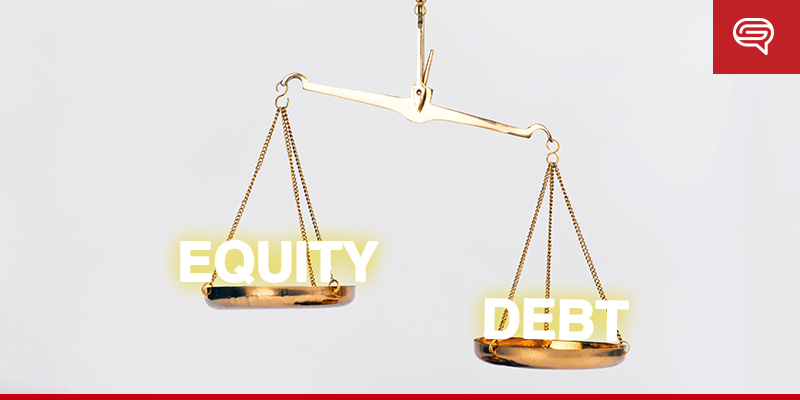The ability to convey ideas clearly and succinctly is a skill that can set individuals apart in a crowded and competitive landscape. At the heart of impactful pitch decks lies the concept of key messages—concise, powerful statements that encapsulate the core of your message.
Need a Presentation Designed?
Click Here To View Our Amazing Portfolio
Let’s delve into the often-overlooked realm of slide headers and why crafting them as key messages can significantly elevate your pitch deck.
The Power of Key Messages
Key messages serve as the anchor for your communication strategy. They distill complex ideas into manageable, memorable statements that resonate with your audience.
By embracing the power of key messages, communicators can cut through the noise, ensuring that their core points are not only heard but retained.
Whether you’re presenting an investor pitch, educational content, or corporate strategy, key messages provide the compass that guides your audience through the sea of information.
The Role of Slide Headers
Slide headers are critical in presentations, acting as signposts that guide your audience through the narrative. When these headers are crafted as key messages, they become more than just labels for content—they become powerful statements that encapsulate the essence of each slide.
The strategic approach enhances the overall clarity of your presentation and facilitates better engagement with your audience.
Alignment with Cognitive Processes
Understanding how the human brain processes information is vital to effective communication.
Aligning your content with cognitive processes increases the likelihood of information retention. Key messages, when placed in slide headers, tap into the brain’s preference for clarity and coherence. The alignment makes it easier for your audience to understand your message and contributes to a more memorable and impactful presentation.
Improving Communication Flow
A well-structured presentation flows seamlessly from one point to the next, guiding the audience through a logical progression of ideas. Slide headers act as the building blocks of this flow.
They provide a roadmap for both the presenter and the audience, ensuring that the narrative unfolds in a way that is easy to follow and comprehend.

Capturing Audience Attention
In a world bombarded by information, capturing and maintaining audience attention is a formidable challenge.
Effective slide headers become the first point of contact between your audience and your content. Crafted thoughtfully, they serve as attention magnets, drawing your audience into the core of your message.
The visual impact of compelling slide headers can be the difference between a forgettable presentation and one that leaves a lasting impression.
Best Practices for Writing Key Messages as Slide Headers
Here are some best practices you can use.
Clarity is Key
Craft succinct key messages, avoiding jargon for universal understanding.
Maintain Coherence
Ensure consistency and logical organization of key messages.
Visual Harmony
Integrate visuals that reinforce key messages, using consistent fonts and colors.
Prioritize Readability
Choose legible fonts and sizes, testing visibility in various environments.
Strategic Placement
Position key messages at the top and experiment with layouts for effectiveness.
Practice Simplicity
Aim for simple language and design, conveying one key idea per slide.
Test for Impact
Conduct test runs for feedback and adjust accordingly based on audience responses.
Align with Branding
Ensure slide headers match branding, using company colors and logos.
Iterate and Refine
Be open to iteration and refinement, continuously revisiting and refining slide headers.
Need a Presentation Designed?
Click Here To View Our Amazing Portfolio
Slide headers guide your audience through the intricacies of your message, providing clarity and coherence. In your next presentations, consider crafting slide headers as key messages to enhance the clarity of your message and leave a lasting impact on your audience, setting the stage for more meaningful and memorable interactions.





















